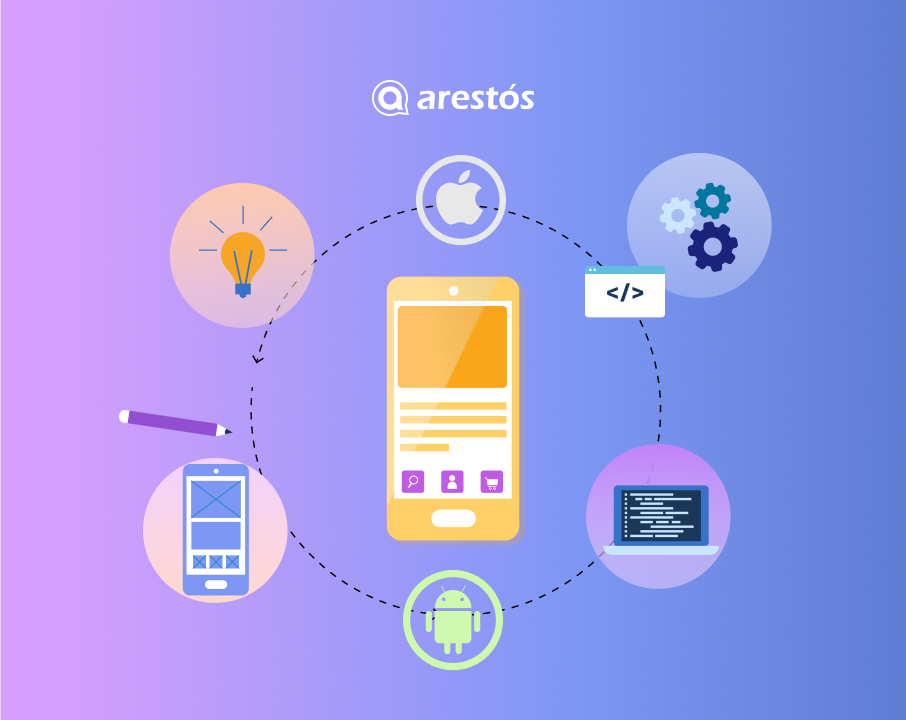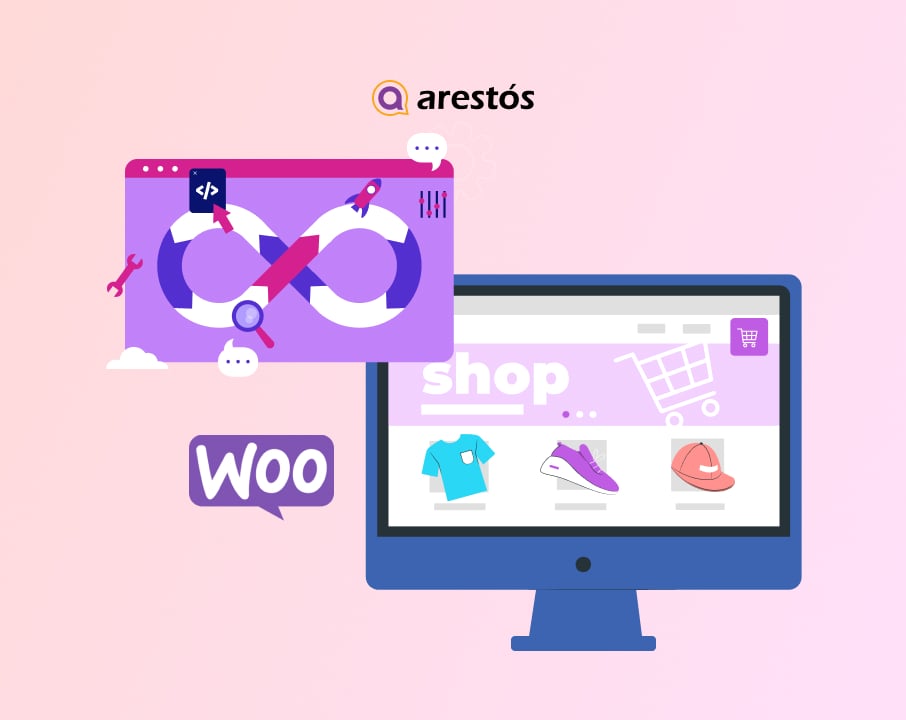How Mobile App Testing Services Handle Cross-Platform App Development Challenges
Mobile app testing services play a pivotal role in addressing these obstacles, ensuring app uniformity, performance, and usability across various platforms.
Cross-platform app development has become increasingly popular, offering the ability to write code once and deploy it across multiple platforms, such as Android, iOS, and Windows. While this approach saves time and resources, it also presents unique testing challenges. Mobile app testing services play a pivotal role in addressing these obstacles, ensuring app uniformity, performance, and usability across various platforms.
Understanding Cross-Platform App Development
Cross-platform app development involves creating mobile applications that are compatible with multiple operating systems. This is achieved using frameworks like React Native, Flutter, and Xamarin, which allow developers to write code once and run it on various platforms.
The benefits of this approach include faster development cycles and reduced costs. However, it can introduce inconsistencies in app performance and user experience across different platforms, making testing a crucial aspect of the development process.
Testing Challenges in Cross-Platform App Development
Cross-platform app testing is inherently complex due to the need to ensure consistent functionality and performance across multiple operating systems and devices. Here are some of the key challenges:
- Performance Inconsistencies: An app may perform well on one platform but poorly on another due to differences in hardware and software configurations.
- UI and UX Variations: Design elements may render differently across platforms, leading to variations in the user interface and user experience.
- Debugging and Diagnosing Errors: Identifying and rectifying issues can be more complicated in cross-platform apps as an error may only occur on specific platforms or devices.
Role of Mobile App Testing Services
Mobile app testing services can significantly mitigate these challenges using their expertise, methodologies, and tools. They ensure that the app delivers a consistent and high-quality user experience across all platforms by:
- Conducting comprehensive testing to identify and address performance inconsistencies.
- Ensuring the app’s user interface is consistent across all platforms.
- Using advanced debugging tools to diagnose and rectify errors efficiently.
Testing Strategies for Cross-Platform Apps
A tailored testing strategy is vital to address the unique challenges of cross-platform apps. Here’s how mobile app testing services approach this:
- Automated Testing: Tools like Appium and Selenium are used for automated functional and regression testing. This increases testing speed and accuracy, especially when dealing with a large number of test cases.
- Manual Testing: Manual testing is essential to identify usability issues and assess the app’s look and feel across different devices.
- Device Testing: Emulators/simulators are used in the early stages for quick and cost-effective testing. However, testing on real devices is crucial to accurately assess the app’s performance and user experience.
Case Study: Successful Cross-Platform App Testing
Let’s consider the case of “ShopEase,” a popular e-commerce app that was developed using React Native for both Android and iOS platforms. ShopEase wanted to ensure a seamless shopping experience for its users, regardless of the device or platform they used.
The mobile app testing service, “AppTestPro,” was brought on board to handle the testing process. They faced the task of ensuring a consistent look, feel, and functionality across both platforms while keeping in mind the unique characteristics of Android and iOS.
AppTestPro started by developing a comprehensive test plan, outlining the testing methodologies, tools, and timelines. They employed a combination of automated and manual testing strategies.
For automated testing, they used Appium to handle the bulk of functional and performance tests. This covered aspects like load time, response time, and the smoothness of transitions in the app. Automated tests were run across a variety of simulated devices, operating systems, and network environments to ensure comprehensive coverage.
Manual testing was used to verify visual elements and user interactions. This included checking the rendering of design elements, text alignment, color consistency, and more across different devices and screen sizes. Manual tests also played a crucial role in assessing the app’s ease of use, navigation, and overall user experience.
The result was a bug-free ShopEase app that provided a consistent and engaging user experience across Android and iOS platforms. AppTestPro’s robust testing process helped in identifying and fixing issues that could have affected the app’s performance or user experience, thereby contributing to ShopEase’s success in the competitive e-commerce space.
Mobile App Testing Services Q&A Section
Q: What are the key benefits of cross-platform app development?
A: Cross-platform app development allows developers to write code once and deploy it across multiple platforms, such as Android, iOS, and Windows. This approach can lead to faster development cycles, lower costs, and easier updates since changes only need to be made in a single codebase.
Q: Why is testing critical in cross-platform app development?
A: Testing is crucial to ensure that the app performs consistently and offers the same high-quality user experience across all platforms. Without thorough testing, there might be inconsistencies in performance, user interface, or functionality across different platforms, which can negatively impact the user experience.
Q: What’s the role of automated testing in cross-platform apps?
A: Automated testing plays a significant role in the testing of cross-platform apps. It allows for the quick and efficient execution of repetitive test cases across multiple platforms and devices. This is particularly useful for functional and regression tests and helps increase testing speed and accuracy.
Q: When is manual testing necessary in cross-platform app testing?
A: Manual testing is necessary to assess aspects of the app that require human observation and judgment, such as the app’s look and feel, ease of use, and navigation. It’s also crucial for identifying and addressing usability issues that automated tests might miss.
Q: What is the importance of real device testing in cross-platform app testing?
A: Real device testing is critical because it provides the most accurate assessment of the app’s performance and user experience. While emulators and simulators can replicate some aspects of a device, they can’t perfectly mimic all hardware, software, and environmental interactions. Therefore, testing on real devices is crucial to ensure the app performs well in real-world conditions.
Conclusion
Ensuring consistent performance and user experience in cross-platform app development can be a daunting task. However, with the right mobile app testing services and strategies, you can effectively address these challenges and deliver a high-quality app that meets user expectations across all platforms.
When embarking on your next cross-platform app development project, consider partnering with an experienced mobile app testing service. They can provide the necessary expertise, tools, and strategies to ensure your app performs seamlessly across multiple platforms and delivers a consistent, high-quality user experience.




